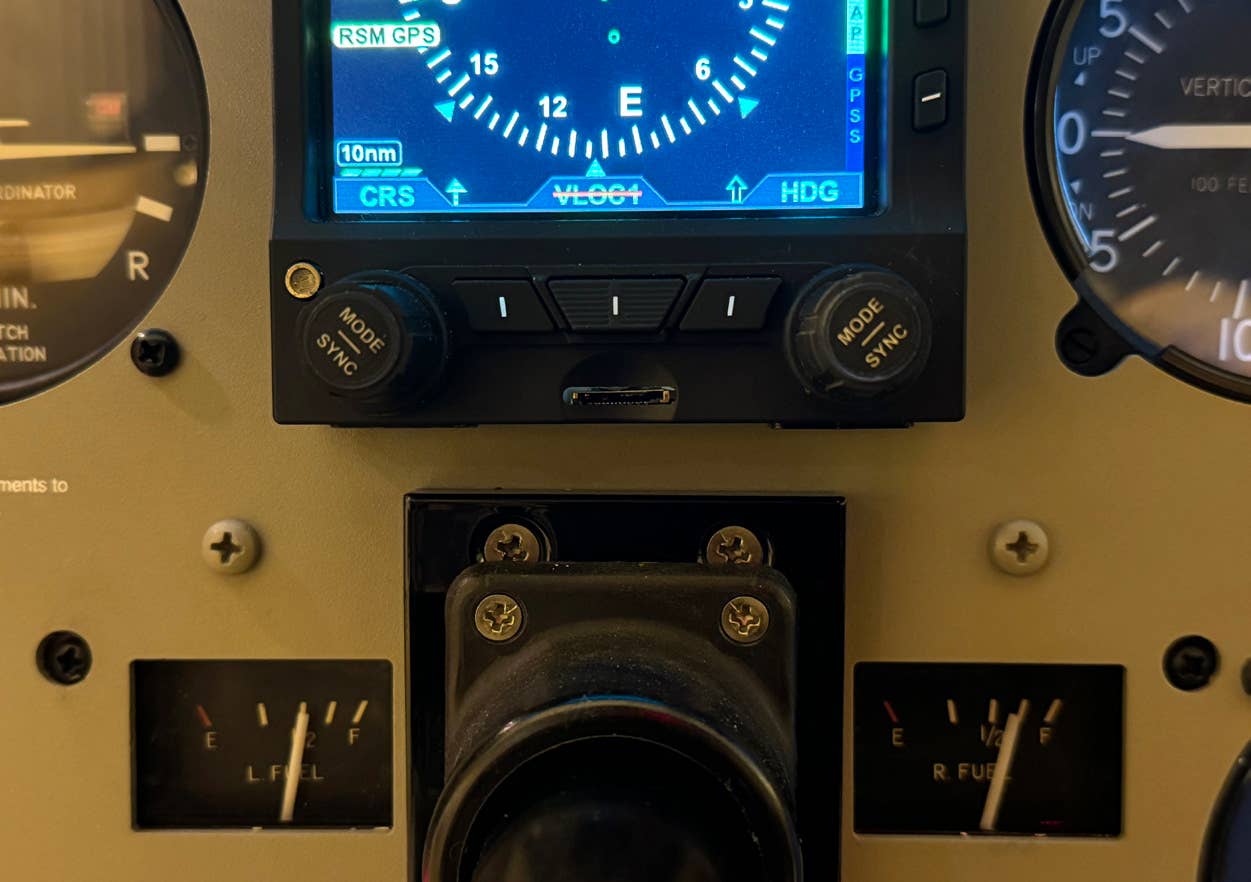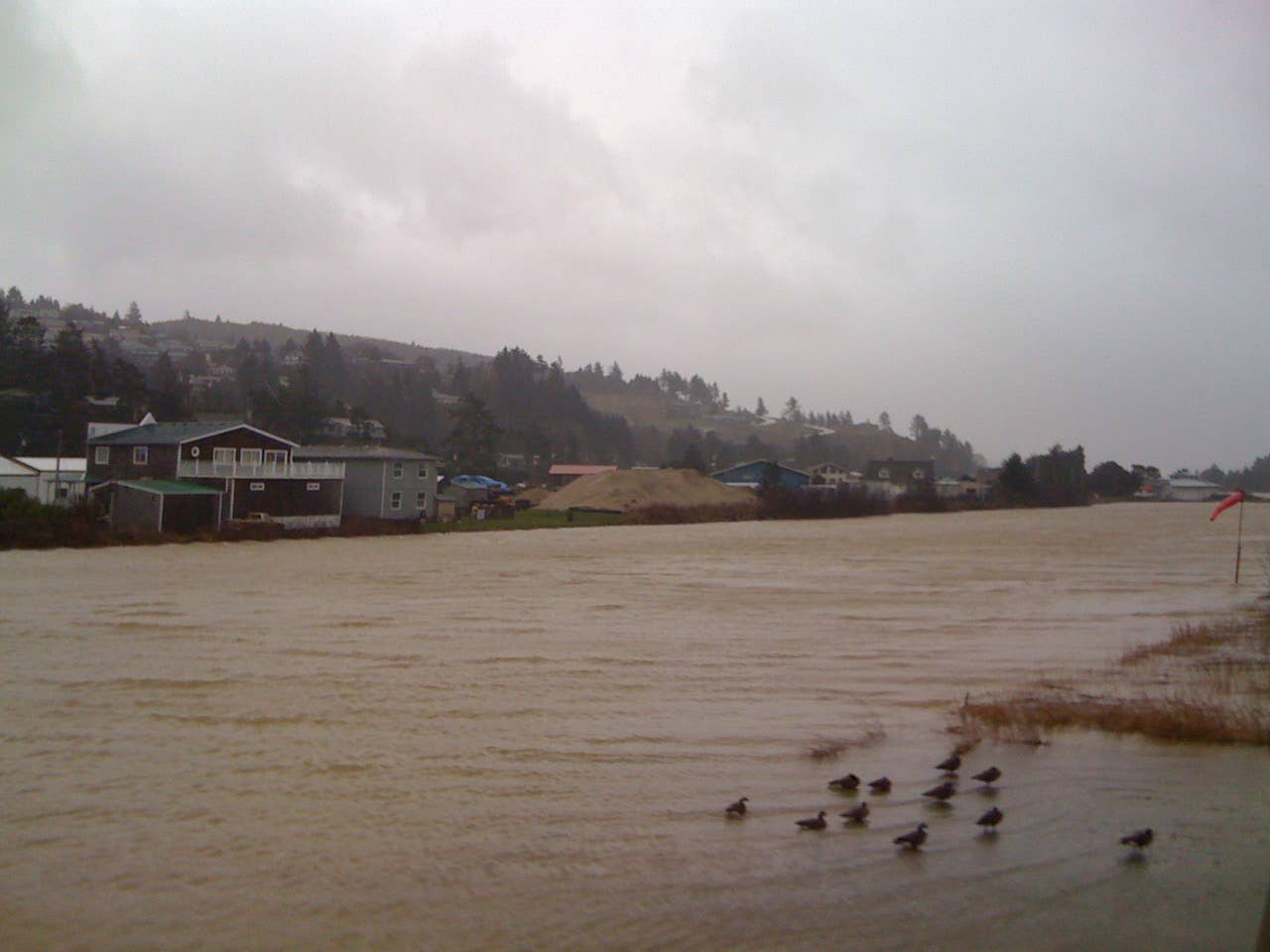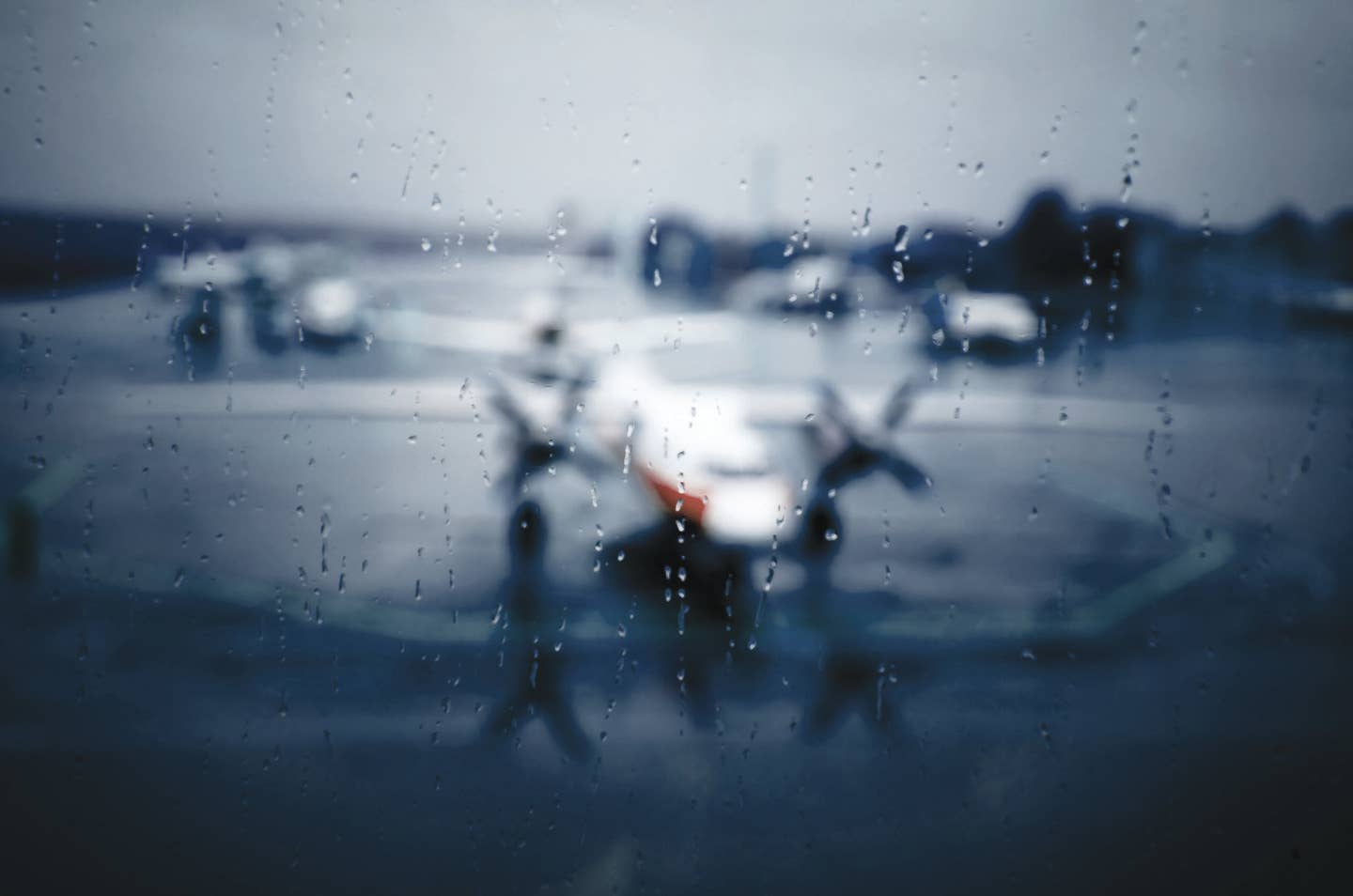
Tecnam P2000 Jim Koepnick / EAA
May 2010 Each month, Flying answers questions about the new Sport Pilot/Light-Sport Aircraft rule with assistance from the Experimental Aircraft Association (EAA), the authority on the opportunities available within the category commonly known as "Sport Pilot":
Q: What are the instruments that the FAA requires for VFR day flight in a two-seat (pilot, passenger) homebuilt aircraft that meets the LSA criteria? The aircraft has an electrical system. Some people quote the FAR that lists instruments (FAR 91.205), but others say that FAR seems to apply to certified aircraft, not homebuilt ones.
_A: The quick answer to the question is "none." FAR 91.205 applies to standard category aircraft only, not experimental aircraft for VFR day-only flight, whether or not they meet Light-Sport Aircraft performance and configuration criteria. The only time the FAR 91.205 minimum equipment requirements apply to experimental amateur-built aircraft is when flying night VFR or IFR, both of which are not allowed when operated by a pilot with a Sport Pilot certificate — even if the proper instruments are installed. If it is an experimental light-sport aircraft built from a kit, then the kit manufacturer will specify which instruments must be used for it to match the S-LSA prototype that it is based on, which would allow it to receive the E-LSA airworthin_ess certificate.
**
Q: I've recently changed the prop on my experimental light-sport aircraft. What paperwork is required?**
_A: The operating limitations document issued as part of your airworthiness certificate contains a paragraph regarding how to determine whether this is a major change and how to proceed. FAR 21.93 states: A "minor change" is one that has no appreciable effect on the weight, balance, structural strength, reliability, operational characteristics or other characteristics affecting the airworthiness of the product. All other changes are "major changes."
_
For example, if your replacement prop is from the same manufacturer, same make and model, it would be a minor change/direct replacement. An entry in the maintenance records listing the propeller manufacturer, model/serial number, diameter and pitch should be sufficient. If you changed to a different prop, different size or pitch, etc., then it would probably be a major change by the definition above. The operating limitations should contain language that directs the owner to re-enter Phase I flight testing after incorporating a major change. You will be directed to contact your local Flight Standards District Office (FSDO) so you can provide information about a flight-testing area, and you may have to update the aircraft’s file at the FAA Aircraft Registration Branch.
For more information on Sport Pilot, visit EAA’s sportpilot.org. EAA, which also hosts the annual EAA AirVenture fly-in at Oshkosh, Wisconsin, provides in-depth information on the website, as well as a sport pilot hotline and complete membership services for all aviation enthusiasts. Call 800-564-6322 for membership information. Visit oshkosh365.org for discussion boards on this and other aviation topics.

Sign-up for newsletters & special offers!
Get the latest FLYING stories & special offers delivered directly to your inbox






